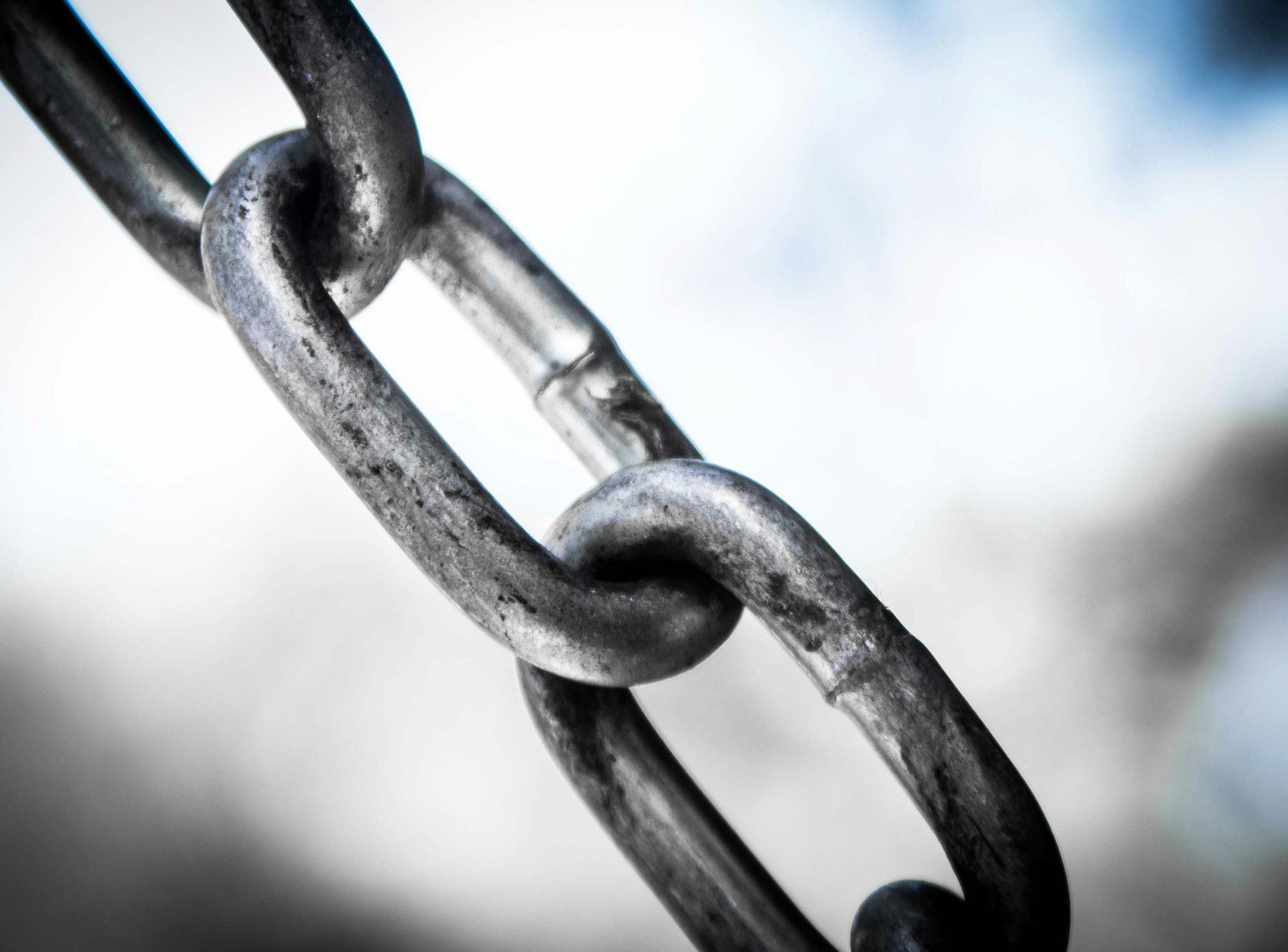Poor households, smallholder farmers, and small and medium-sized enterprises require a range of financial services to stabilize income, plan for the future, respond to shocks, and invest in their households, communities, and businesses. For example, savings allow households to smooth income when an unexpected cost hits home. Insurance provides a safety mechanism to cover losses after a severe weather incident, death, or other trauma. Credit supports re-investment after a disaster or steadies seasonal cash crunches. Financial services are, in short, critical to individual, household, and community resiliency.

And not only do these services provide assurances for the future — they encourage higher-risk/higher-reward enterprise and livelihood strategies in the present.
The Mobile Platform
With improved connectivity and the proliferation of mobile technology, a platform has emerged that allows for promising innovations to deliver relevant financial services to the hard-to-serve populations, businesses, and marginalized communities that need them most.
For their part, financial suppliers benefit from the electronic payments platform through reduced costs of cash transportation, management, and leakage, making it easier for them to reach “last mile” customers too costly or risky to serve through the traditional bank branch network. For clients, electronic payments reduce the temptation and ease with which cash is overspent and provide a financial history to help secure future loans and other forms of financial support1. The advent of electronic payments and mobile money services allows for new service delivery models that can reach disparate and removed markets and communities.
In Kenya, the mobile payments service M-PESA (M for mobile, Pesa meaning money in Swahili) is a strong example of how mobile financial services build household resiliency. In a 2,000-household survey, William Jack and Tavneet Suri found that households with an M-PESA user are, on average, able to withstand large income shocks, such as illness or job loss, without any reduction in household spending2. By contrast, in households lacking an M-PESA user, spending falls 6 to 10 percent in the wake of a major shock.1 This finding is particularly significant given that, by the end of 2009, M-PESA reached more than 70 percent of Kenyan households and more than 50 percent of Kenya’s poor, unbanked, and rural population.
Realizing the promise of mobile-enhanced financial services is complicated and requires the involvement of disparate actors. A sustainable electronic-payment market system needs a strong agent network reaching all urban, peri-urban, and rural areas with highly trained and motivated agents. A robust system arises when cross-sector partnerships are common and government and nongovernmental organizations are able to easily use electronic payments and scale programs. A comprehensive system emerges when financial services providers use the payments system to deliver diverse, appropriately priced financial products.
The Kenyan success story has been difficult to replicate in other countries. In most developing economies, even where electronic payments and mobile money are available and increasing, financial services are still lumpy, incomplete, and unresponsive to the varying lifecycle needs of the poor. The emergence of a broader financial inclusion agenda, coupled with a greater push toward client-centric product design, has the potential to change the role that financial services play in all echelons of a society and economy. Person-to-person and government-to-person electronic payment transactions will always be vital in the financial service industry. But the greater promise lies in the integration of electronic payments into savings, insurance, and credit services to marginalized, poor, and rural clients.
Takeaways
- Financial services are critical to individual, household, and community resiliency.
- Electronic payment and mobile money services allow for new service delivery models that can reach removed communities.
- Realizing the promise of digital payment systems will require coordination across disparate actors but there is great opportunity in using digital platforms to increase delivery of savings, insurance, and credit services.
Footnotes
Radcliffe, Daniel, and Rodger Voorhies. 2011. A Digital Pathway to Financial Inclusion. Bill & Melinda Gates Foundation: 7. ↩
Jack, William, and Tavneet Suri. 2011. Risk Sharing and Transactions Costs: Evidence from Kenya’s Mobile Money Revolution. Financial Sector Deepening and the Consortium on Financial Systems and Poverty. University of Chicago: 19. ↩




